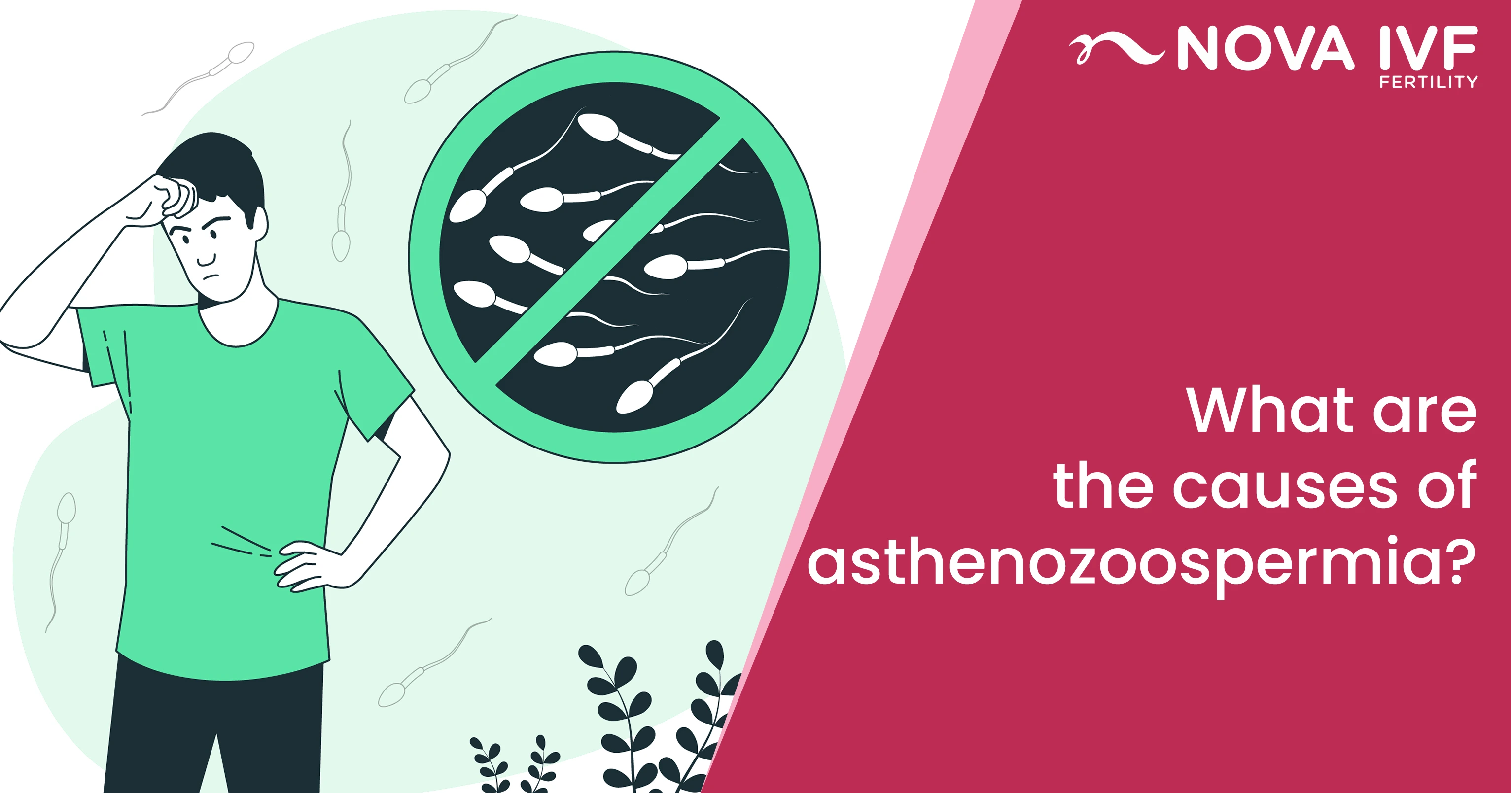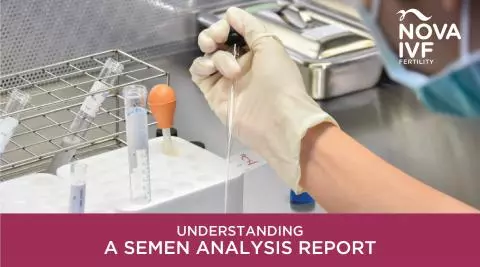Causes of Asthenozoospermia: Why Sperm Motility Matters for Fertility

Sperm health is as important as uterus health in a couple's process of conceiving. When evaluating sperm health, the following criteria are looked at:
- Volume
- Motility
- Morphology
- Ability to reach the egg through the cervical mucus
- Acrosome reaction
Abnormalities in any of the above sperm criteria lead to infertility in males. Motility is an essential parameter in reproduction. The ability of the sperm to successfully reach the egg and fertilise it is motility. Asthenozoospermia is the medical term used for diminished sperm motility.
Causes of Asthenozoospermia
There are many causes of Asthenozoospermia including the below-mentioned ones:
Inflammation: Inflammatory diseases of the sperm duct prostrate or any other reproductive organ can reduce the motility of sperms. The microorganisms from these diseases can directly affect the sperm slowing down its speed and the ability to penetrate the cervical mucus.
Varicocele: In this condition, the veins inside the scrotum become enlarged. This is one of the common causes of Asthenozoospermia in men.
Abnormal semen liquefaction: Abnormal semen liquefaction reduces the space for sperm activity and hinders the movement of sperm.
Chromosome abnormalities: Peculiarities of sex chromosomes can not only affect sperm quantity but also the mobility of sperms, thereby increasing the chances of infertility.
Immunological factors: Antisperm antibodies obstruct sperm activity in varied ways. Studies have suggested that the presence of antisperm antibodies around the sperm tail deters its ability to penetrate the cervical mucus.
Lifestyle and environmental factors: Certain unhealthy lifestyle habits greatly affect sperm motility. For example, smoking, excessive drinking, and use of drugs can cause the condition. Also, men who have jobs like driving or horse riding that causes repeated trauma to the pelvic area be at risk for Asthenozoospermia.
In conclusion, sperms are of critical value in male fertility and should be healthy. The number of motile sperms should be above 70% after ejaculation. If the motile sperms are less than 40%, it can be termed as asthenozoospermia. However, depending on the severity of the disorder, pregnancy can still be achieved using IVF and making certain lifestyle changes.
 Infertility Counselling
Infertility Counselling Female Infertility Treatment
Female Infertility Treatment Andrology Treatment
Andrology Treatment Fertility Enhancing Surgeries - Female
Fertility Enhancing Surgeries - Female Fertility Enhancing Surgeries - Male
Fertility Enhancing Surgeries - Male Endoscopy Treatment
Endoscopy Treatment IUI Treatment
IUI Treatment IVF Treatment
IVF Treatment ICSI Treatment
ICSI Treatment Advanced IVF Solutions
Advanced IVF Solutions Embryology
Embryology Vitrification Egg, Embryo, Sperm Freezing
Vitrification Egg, Embryo, Sperm Freezing Preimplantation Genetic Testing (PGT)
Preimplantation Genetic Testing (PGT) Donation Program Embryo / Egg / Sperm
Donation Program Embryo / Egg / Sperm Self-cycleTM IVF
Self-cycleTM IVF

 Self-cycleTM IVF
Self-cycleTM IVF










